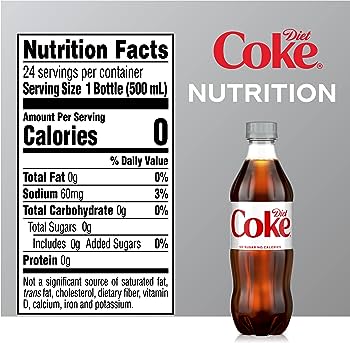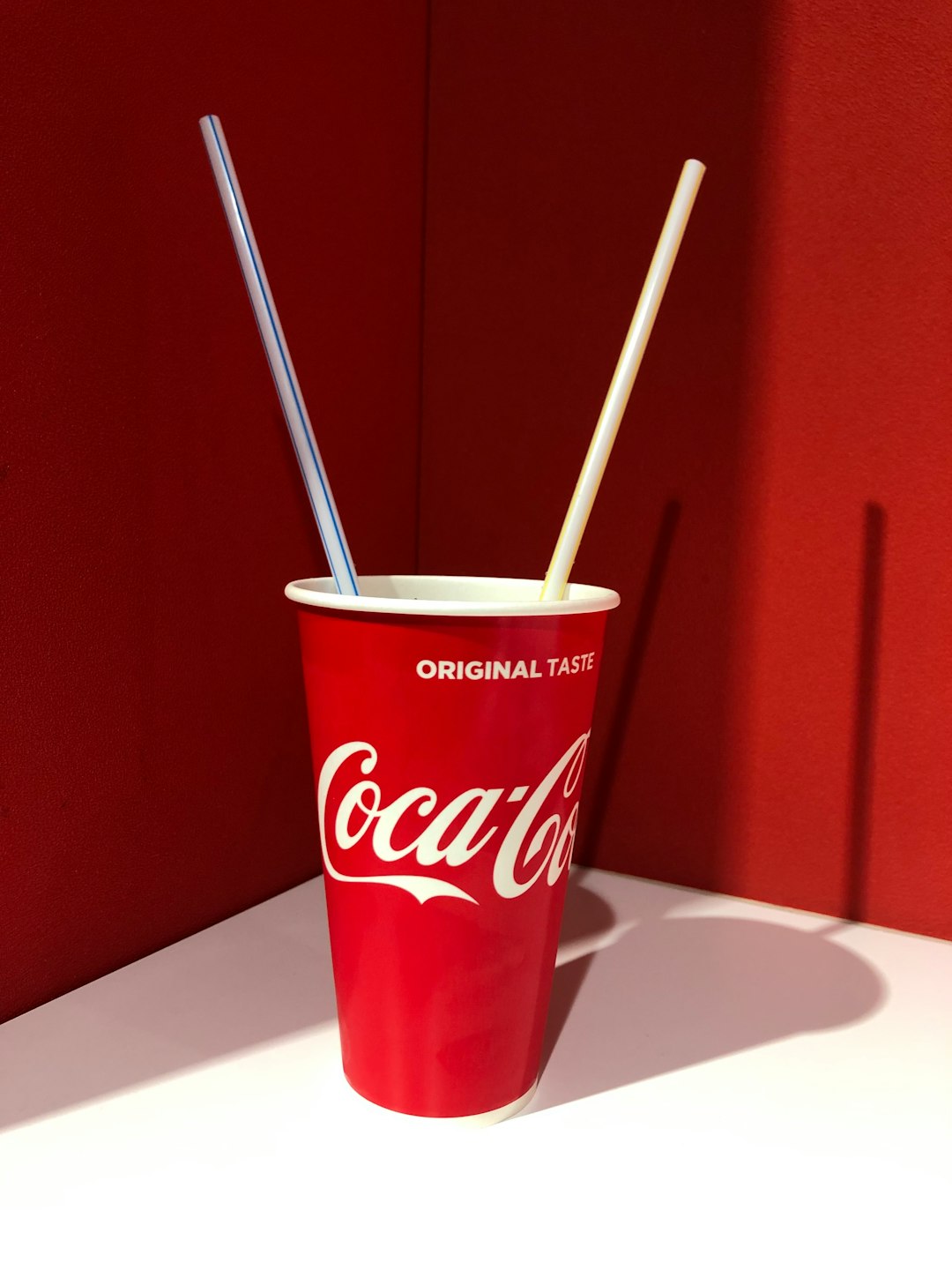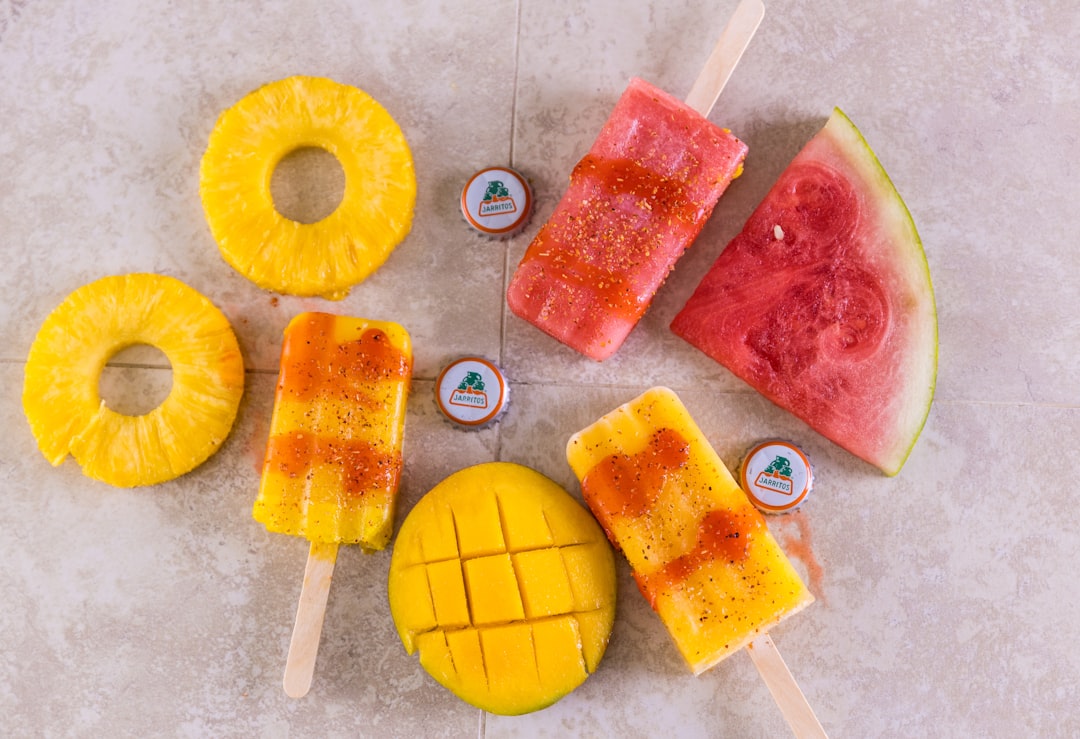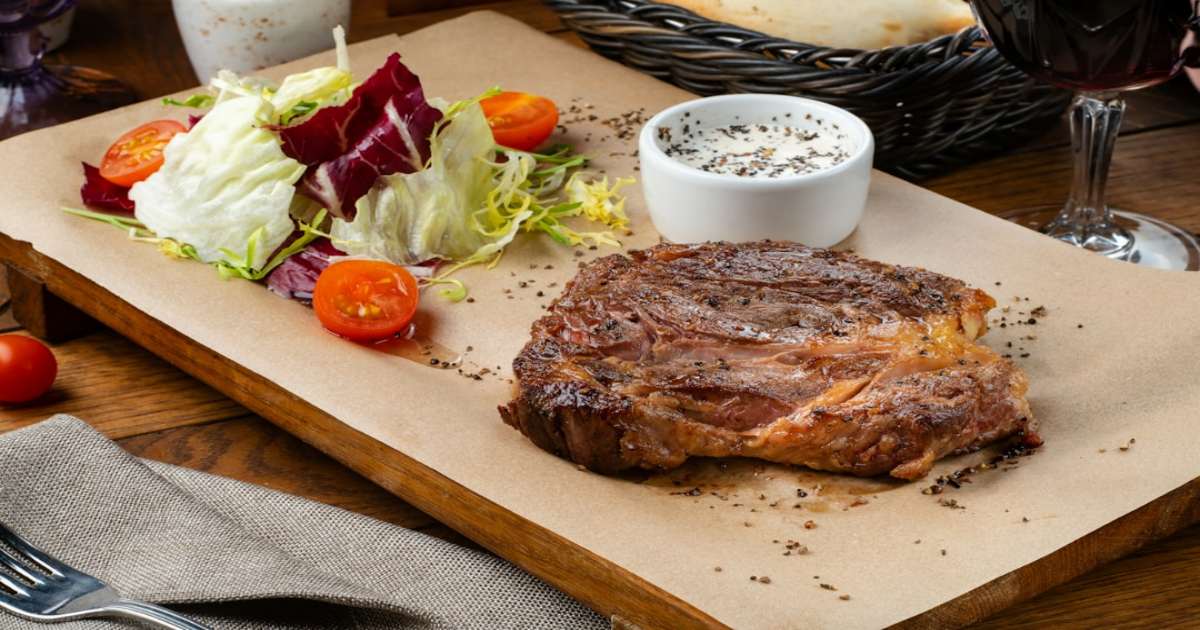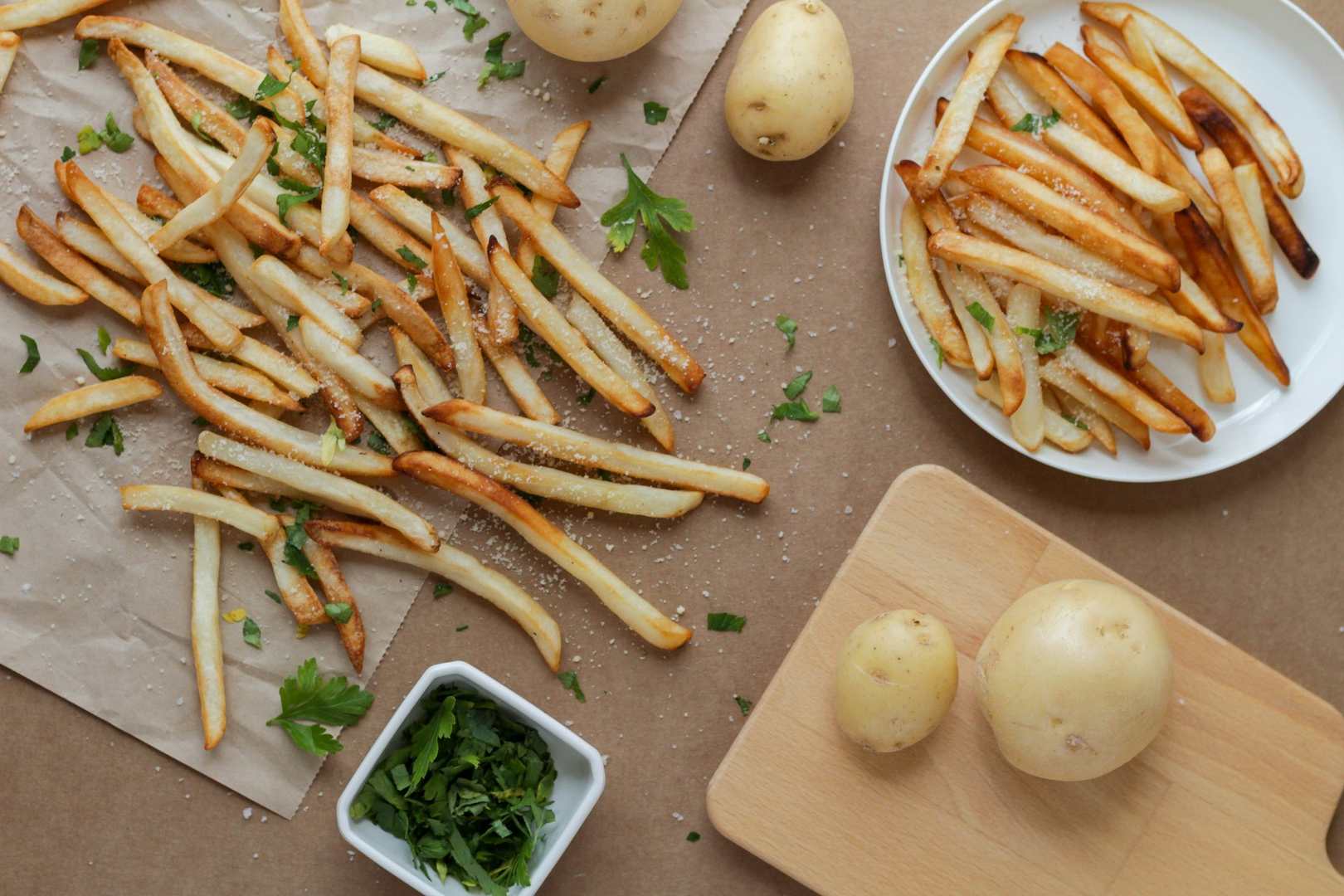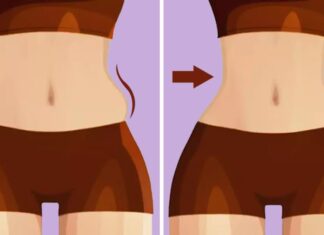Diet Coke has been a popular beverage choice for those looking for a healthier alternative to regular soda since its launch in 1982. But while the drink itself has remained relatively unchanged, the bottle it comes in has undergone several transformations over the years. In this article, we’ll take a look at the evolution of the Diet Coke bottle and how it has evolved to meet the changing needs and preferences of consumers.
The Original Diet Coke Bottle
When Diet Coke was first introduced in 1982, it came in a simple, sleek, and iconic bottle. The bottle was made of clear glass with a silver cap and featured the iconic red and white Diet Coke logo. This bottle design was meant to appeal to the health-conscious consumer, with its clean and modern look.
At the time, the bottle was also a reflection of the diet soda trend that was gaining popularity in the 1980s. As more and more people became concerned about their health and weight, diet soda sales skyrocketed, and the Diet Coke bottle became a symbol of this trend.
The Contour Bottle
In 1993, Diet Coke underwent a major rebranding, which included a new bottle design. The new bottle, known as the “contour bottle,” was inspired by the iconic Coca-Cola bottle and featured a more curvaceous shape. The bottle was also made of plastic instead of glass, making it more lightweight and easier to transport.
The contour bottle was a hit with consumers, and it quickly became the standard for all Coca-Cola products, including Diet Coke. The new design was not only visually appealing, but it also made the bottle easier to hold and pour, making it a more practical choice for consumers.
The Sleek Can
by YUE LIU (https://unsplash.com/@dororoliu)
In addition to the new contour bottle, Diet Coke also introduced a sleek new can design in 1993. The new can featured a silver background with the iconic red and white Diet Coke logo, giving it a more modern and sophisticated look.
The introduction of the sleek can was a response to the growing popularity of canned beverages, as well as the need for a more portable option for on-the-go consumers. The can also featured a resealable lid, making it a more convenient choice for those who wanted to save some for later.
The Plastic Bottle
In 2007, Diet Coke once again updated its bottle design, this time opting for a plastic bottle instead of glass. The new bottle featured a more modern and streamlined shape, with a silver cap and a red and white label.
The switch to plastic was a strategic move by Coca-Cola, as it made the bottle more lightweight and durable, making it easier to transport and less likely to break. The plastic bottle also had a lower carbon footprint than the glass bottle, making it a more environmentally friendly choice.
The “Slender” Bottle
by Jarritos Mexican Soda (https://unsplash.com/@jarritos)
In 2011, Diet Coke introduced a new bottle design known as the “slender” bottle. This bottle was taller and slimmer than the previous design, with a more elongated shape and a silver cap. The label was also updated, featuring a more modern and minimalist design.
The slender bottle was a response to the growing demand for healthier and more convenient beverage options. The new design made the bottle easier to hold and pour, and it also took up less space in the fridge, making it a more practical choice for consumers.
The “Sleek” Bottle
In 2018, Diet Coke once again updated its bottle design, this time introducing the “sleek” bottle. The new bottle featured a more modern and streamlined shape, with a silver cap and a red and white label. The label also featured a new font and a more minimalist design.
The sleek bottle was a response to the changing preferences of consumers, who were looking for a more modern and sophisticated design. The new bottle also featured a resealable cap, making it a more convenient choice for on-the-go consumers.
The Future of the Diet Coke Bottle
As consumer preferences continue to evolve, it’s likely that the Diet Coke bottle will continue to undergo changes in the future. Some experts predict that the bottle may become even more lightweight and portable, with a focus on sustainability and eco-friendliness.
There is also a possibility that the bottle may incorporate technology, such as smart labels or QR codes, to provide consumers with more information about the product and its ingredients. This would align with the growing trend of consumers wanting to know more about the products they consume.
Conclusion
The Diet Coke bottle has come a long way since its original design in 1982. From the iconic glass bottle to the sleek and modern plastic bottle, the design has evolved to meet the changing needs and preferences of consumers. As we look to the future, it’s clear that the Diet Coke bottle will continue to adapt and change, reflecting the ever-evolving beverage industry and the demands of health-conscious consumers.

